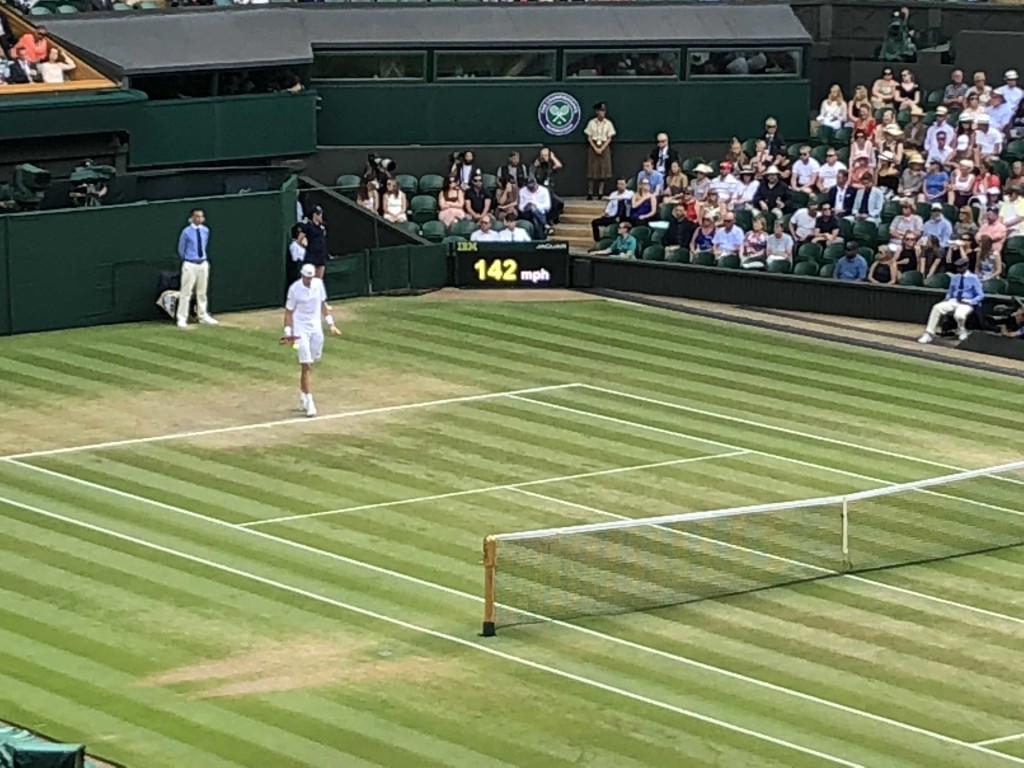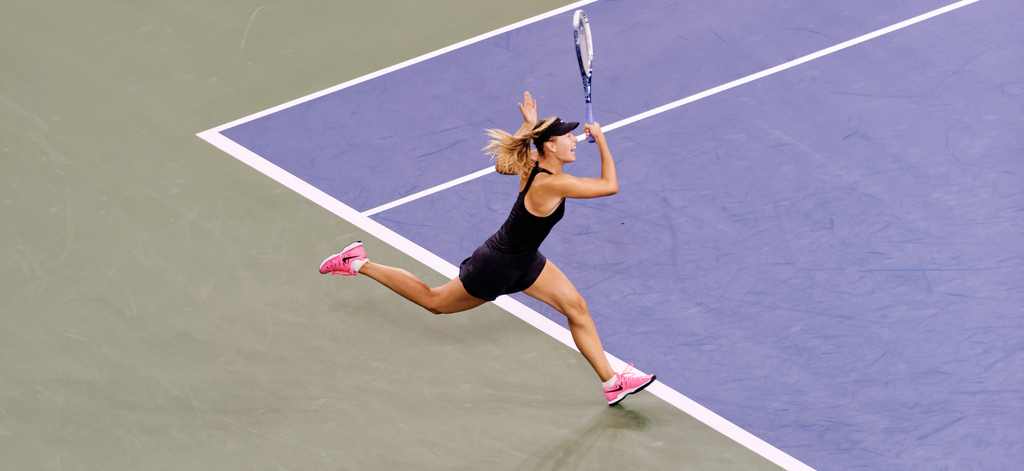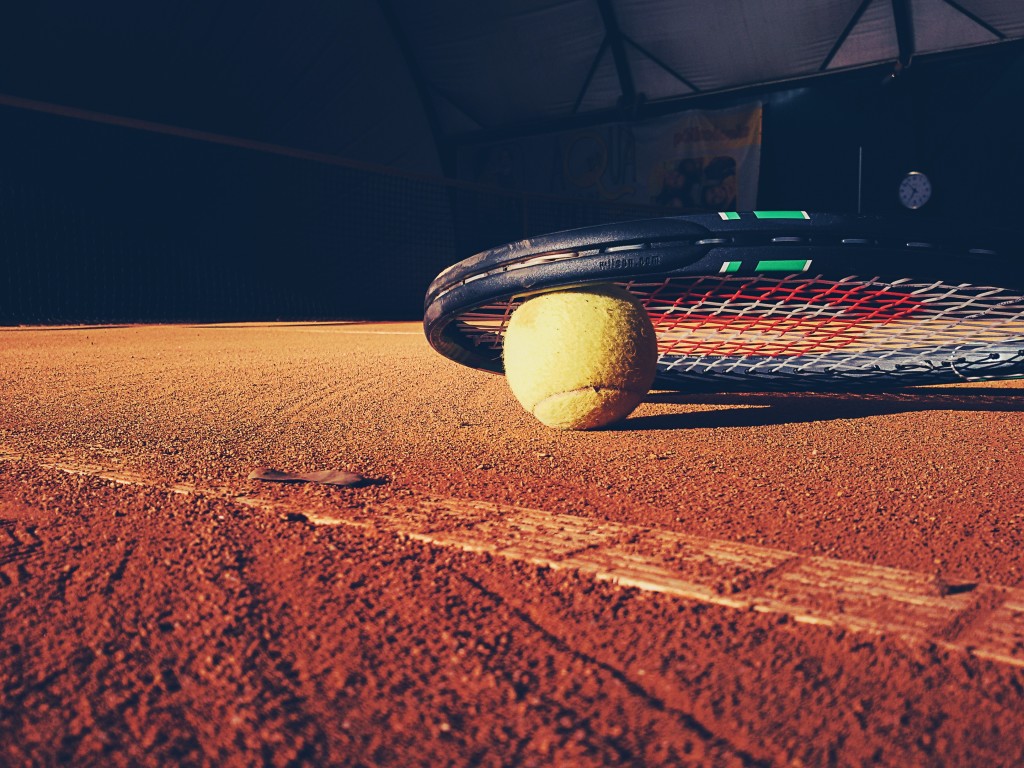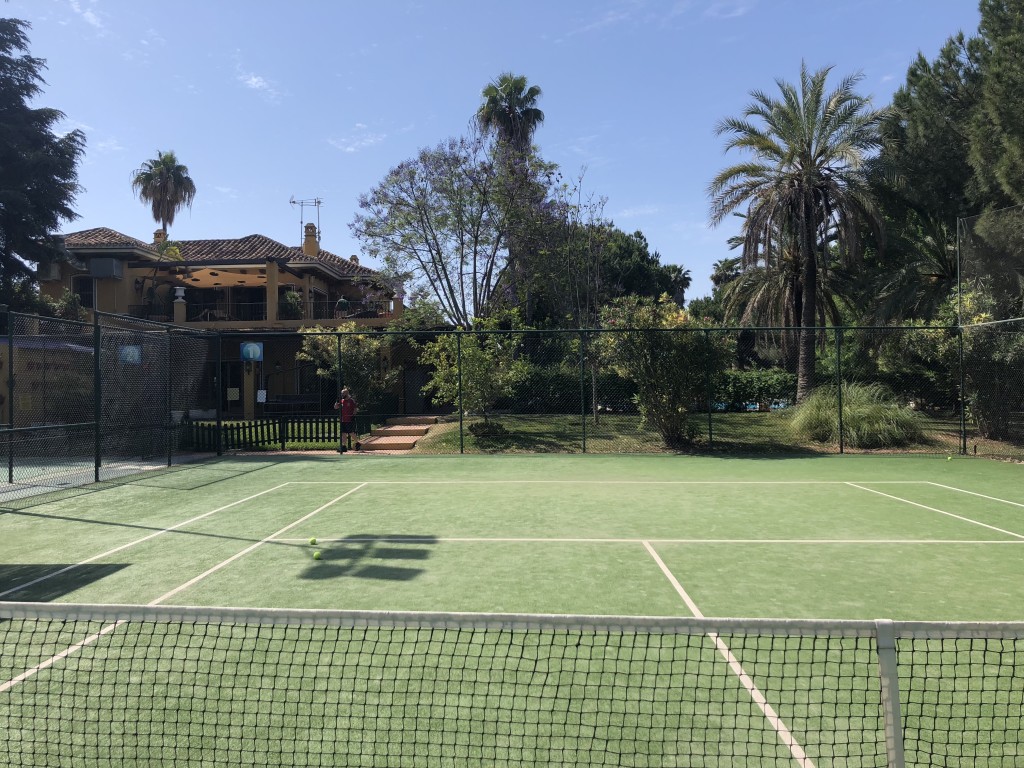Playing Tennis on Different Surfaces
If you play or even just watch tennis then you probably know that there are a few different surfaces. We want to give you an idea of what it’s like to play on the 5 main ones and the differences in speed, bounce etc.
There are five main types of tennis court surface: clay courts, hard courts, grass courts, indoor and artificial grass.
Let’s start with the oldest and fastest surface –
Grass

This surface is the fastest of all the tennis court surfaces due to its slippery surface. The ball has a lower bounce as the soil is softer than the materials used on the other types of tennis courts. The Grass Courts may also produce an unpredictable bounce to the ball due to the softer and slightly uneven surface of grass.
The 10 best tennis players of all time
Due to the characteristics of the Grass Courts, the ball moves at a faster pace with a lower bounce thus favouring players with a good serve and net players. Grass is the most physically forgiving to the body because of its softness
Hard

Hard courts are made of concrete, then covered with a synthetic surface layer to offer bounce consistency and are the most consistent and most common type of playing surface on the pro tour. They’re are faster than clay but not as fast as grass courts and the best for all round players and encourage players to develop an all-court game.
How different running surfaces affect the body
Clay

There are two types: Red Clay (made out of crushed brick) and Green Clay made from crushed basalt). Clay courts slow down the ball and produce a high bounce in comparison to grass or hard courts. For this reason, the clay court takes away many of the advantages of big serves, which makes it hard for serve-based players to dominate on the surface. They’re cheaper to construct than other types of tennis courts, but cost more to maintain and need to be rolled to preserve flatness. Clay courts are more common in Europe and Latin America than in North America, and tend to heavily favour baseline players
The evolution of tennis rackets
Fake Grass / Carpet

This surface is no longer used for professional events but is very popular in northern Europe where rain is more frequent, especially Ireland and the UK. Unlike natural grass, artificial grass tennis courts are far less slippery in wet weather, and also dry out much quicker. Carpet is generally a fast surface, faster than hardcourt and clay with a lower bounce.
Indoor
Indoor tournaments are usually at the end of each season, ending with the ATP Finals. The courts have some give in them so not quite as severe as hard courts but there is no give in term of sliding. Shoes have a smooth sole which should only be used on indoor carpet/matt surfaces, with no grip they woulds actually be dangerous to use on the other surfaces.
PledgeSports is the global leader in crowdfunding & sponsorship for sport.
For all the latest sports news follow PledgeSports on Facebook, Twitter, and Instagram.
